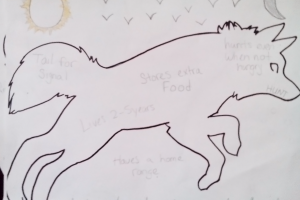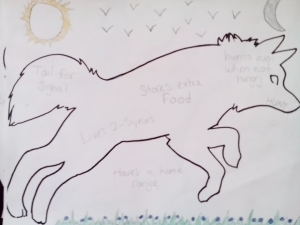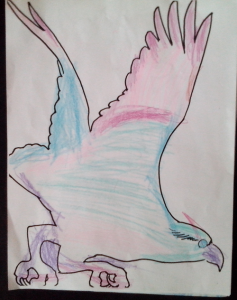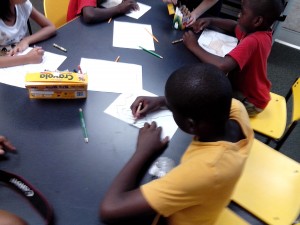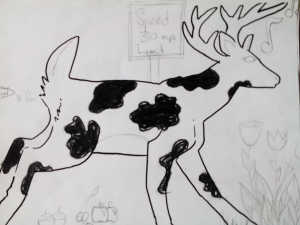Whether it’s in a face-to-beak encounter or just reading about wildlife, the natural world has something great to tell us.
The John Heinz National Wildlife Refuge features a handful of creatures in their educational program: the red fox,white tailed deer, osprey(aka sea hawk or fish hawk), channel catfish, and eastern garter snake. Students from the 12th District Police, Cops and Kids Network Program enjoyed drawing them after a hike.
Two student groups from the program (one coming back from a hike, the other going afterward) eased into coloring, animal facts, and questions. What does the fox say?
Red foxes don’t quite bark, but they can scream. Their distress call is so loud and human-like, it can cause puzzlement and ward off predators, although this lithe, golden-red fluffball would sooner run than attack. Most of the time, they stick to yips, barks, chirps, and even purring.
If you think of fishing as relaxing, consider the fishing practices of the osprey (“sea hawk”). Their survival depends on their angling skills. They have evolved so that one of their talon toes can turn to enable them to carry a fish with its head forward and tail to the rear. This position is more aerodynamic.
Check that out! thanks Wikimedia Commons.
The average time it takes for a hunting osprey to catch its prey is just 12 minutes. They catch their fish once every four dives, on average.
Channel catfish can make noise using the cutting spine on their pectoral fins. They can also make drumming pulses with their swim bladders.
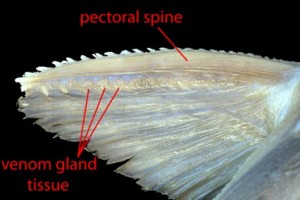
Students enjoyed learning about animals and their habitats and comparing their own favorite foods and activities.
A catfish turning. A deer leaping. A few students approached us at the end and let us keep their projects.
Teaching about nature was stirring, fun, and easy for the students. Here is the lesson plan.

